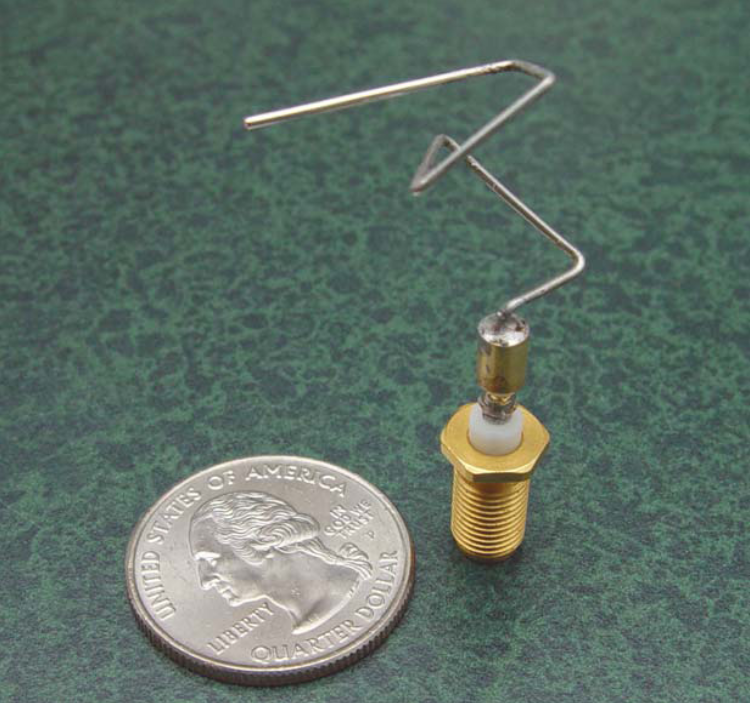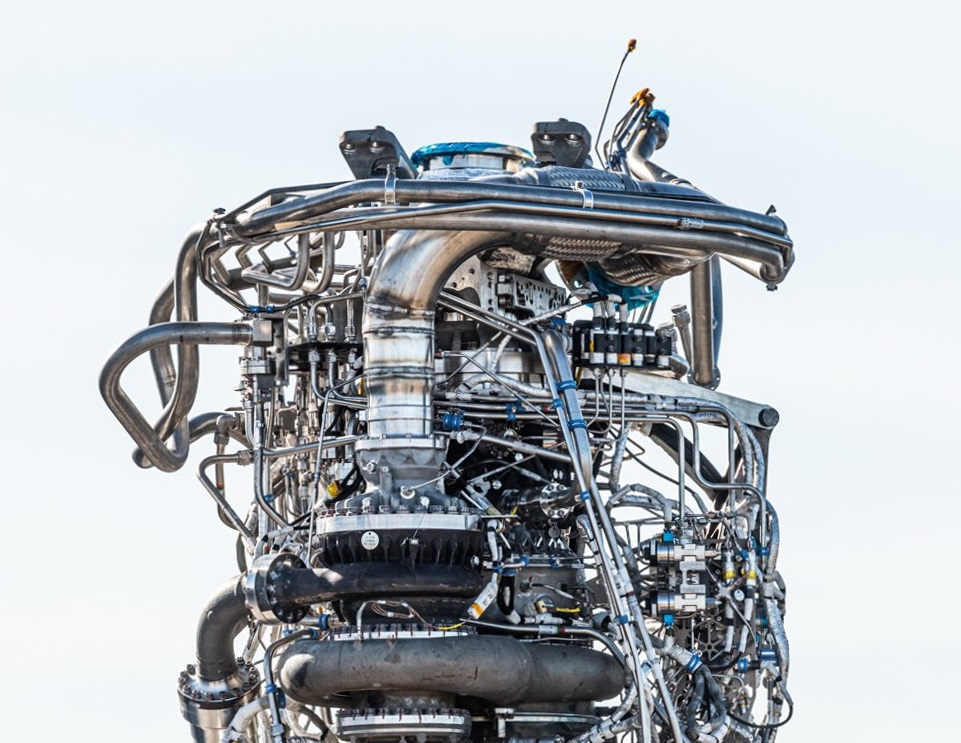Singularity Design
Published on
Due to technological progress and continuous innovation, new ideas and concepts are emerging that can redefine existing approaches to design and development. One such concept, which I am currently developing, is Singularity Design. This paradigm aspires to streamline the design process by generating a project or a part solely from user requirements, without necessitating continuous user effort. The vision for this paradigm includes a range of promising features such as the elimination of connections, swift visualization of results, integrated simulation-driven design, potential acceleration of innovation, and a holistic view of the system at all stages of design. Predicated on an iterative method, Singularity Design aims to meet the complex demands of modern engineering projects in a dynamic and efficient way.
This article will explore the challenges and possibilities of this paradigm, discussing the current state of the art technologies, the gaps that need to be filled, and the steps that need to be taken to bring this concept to fruition.




